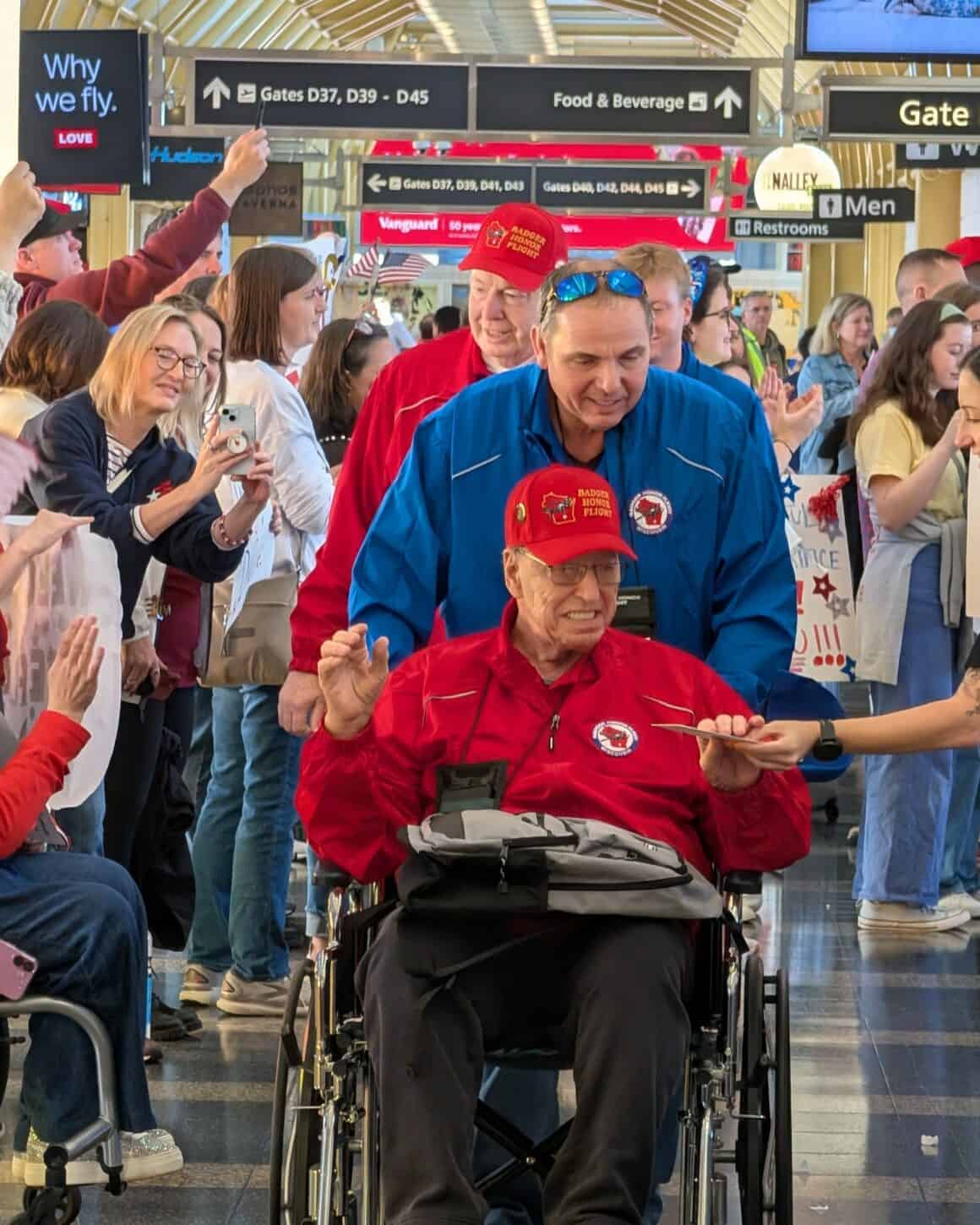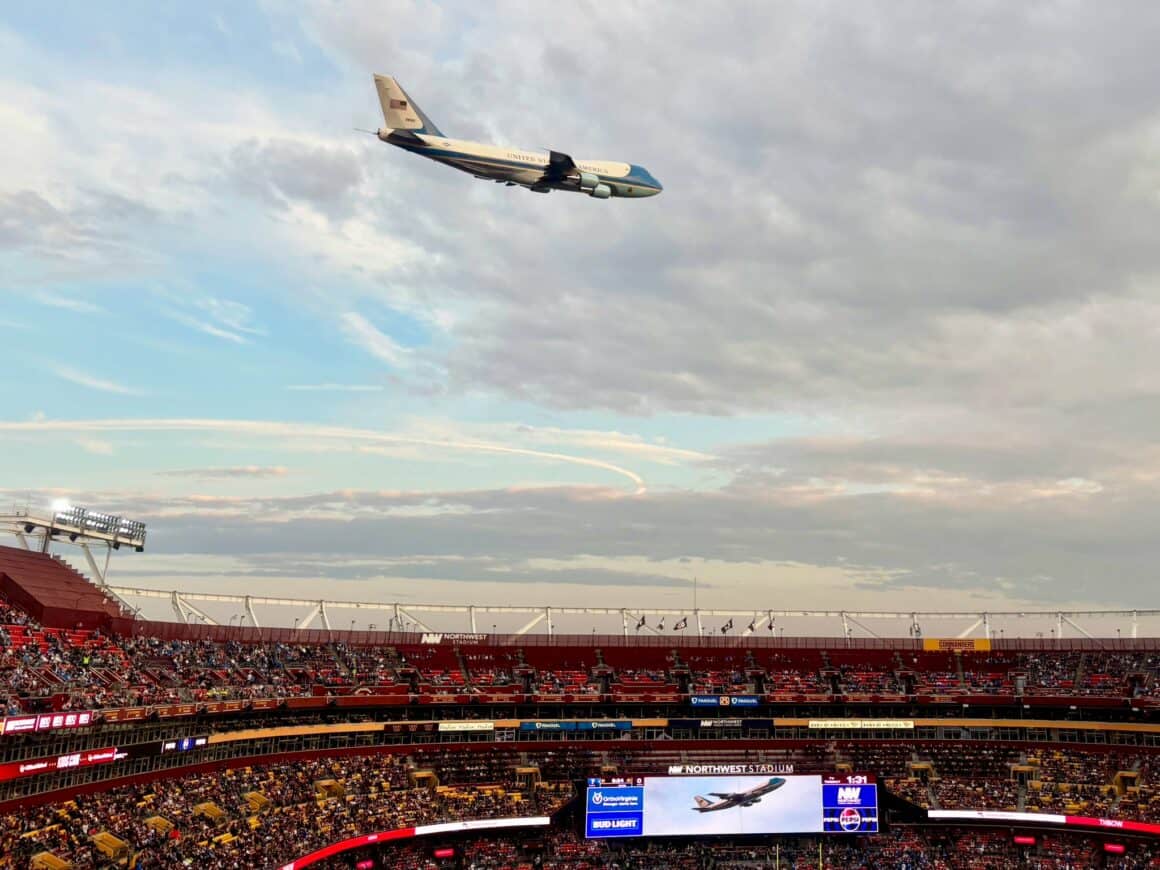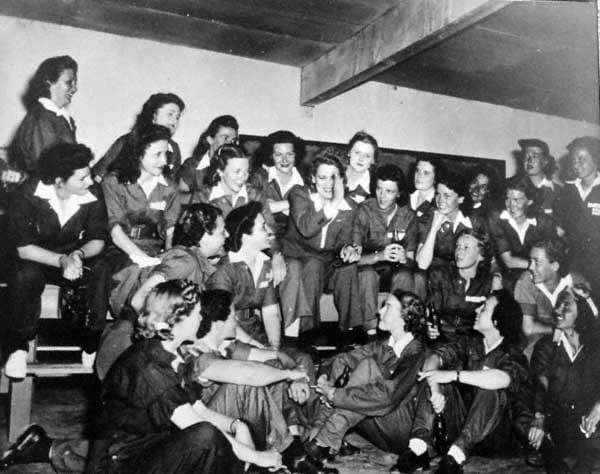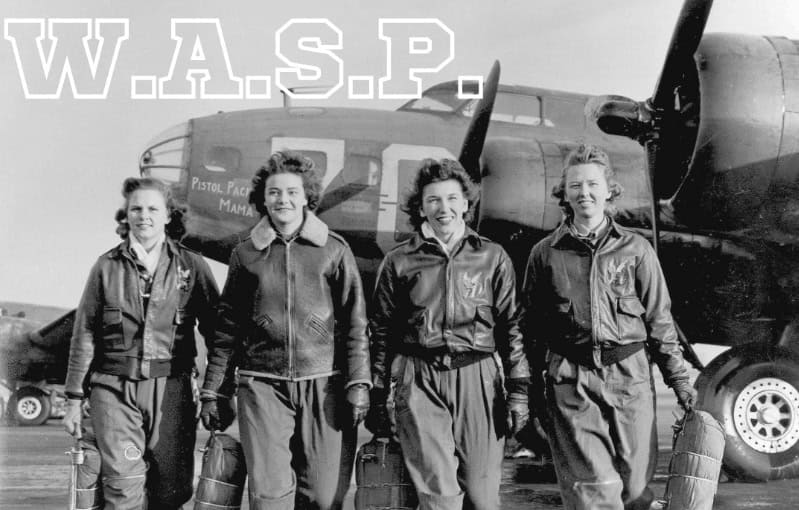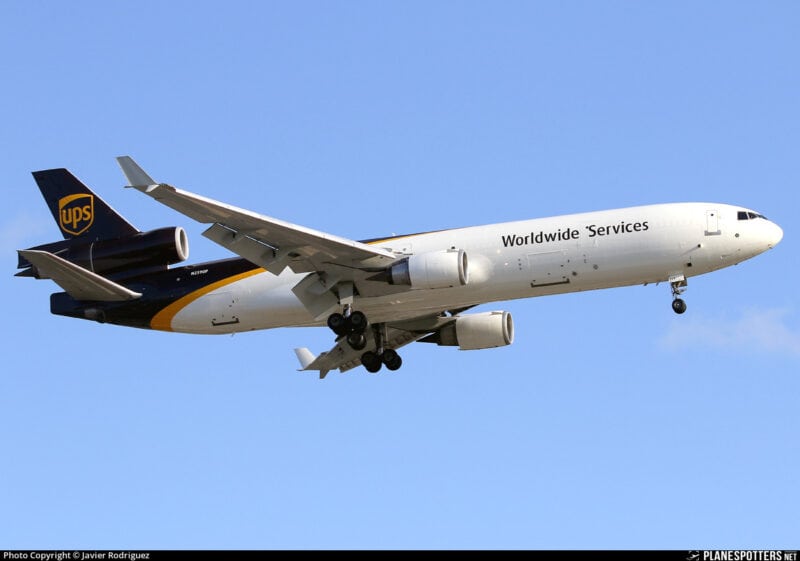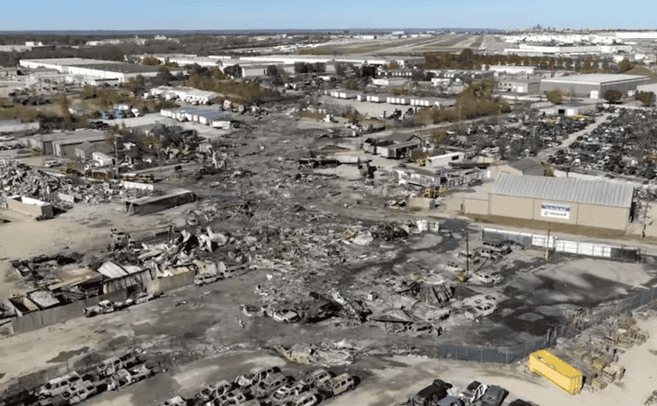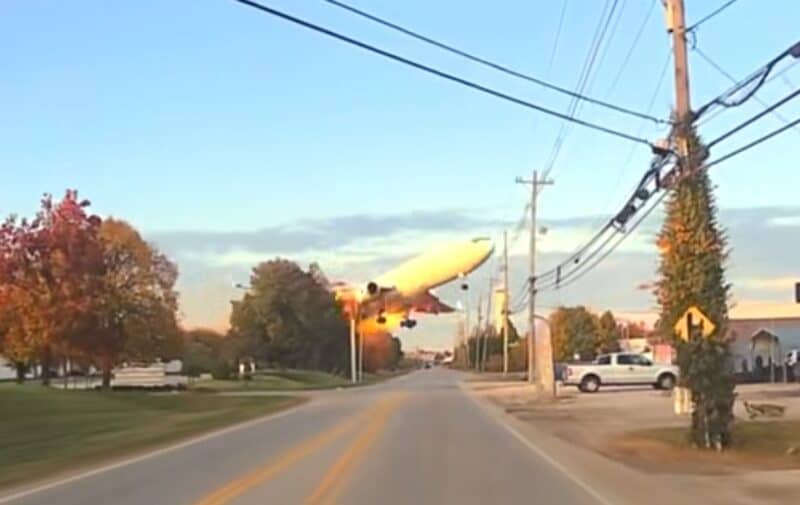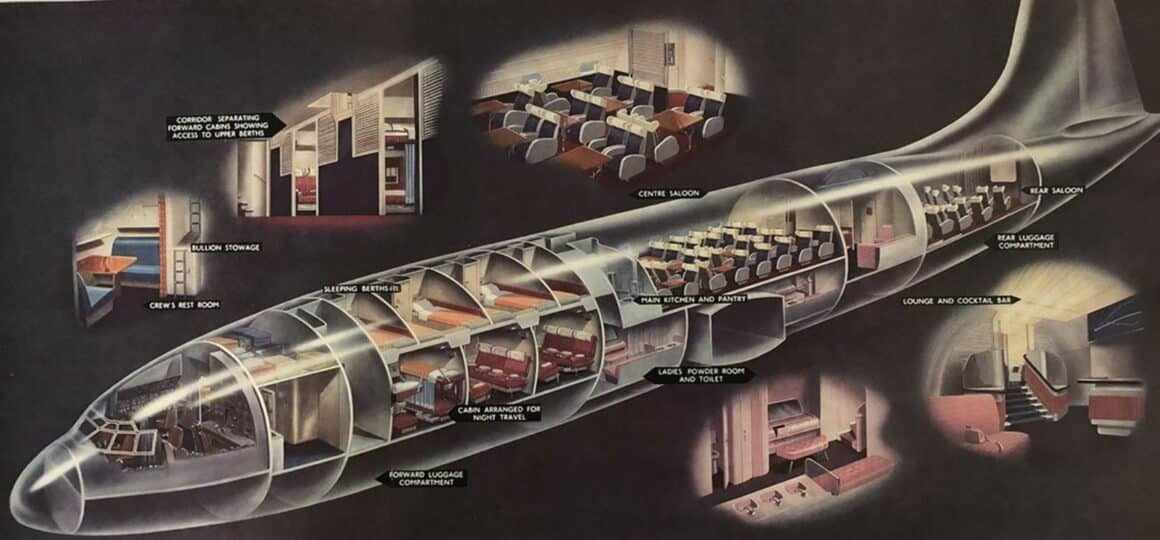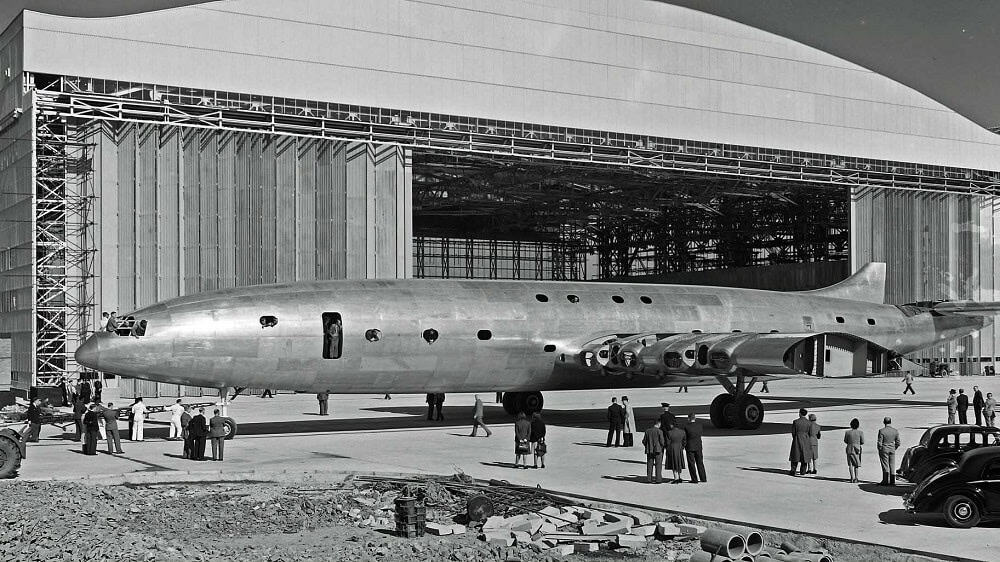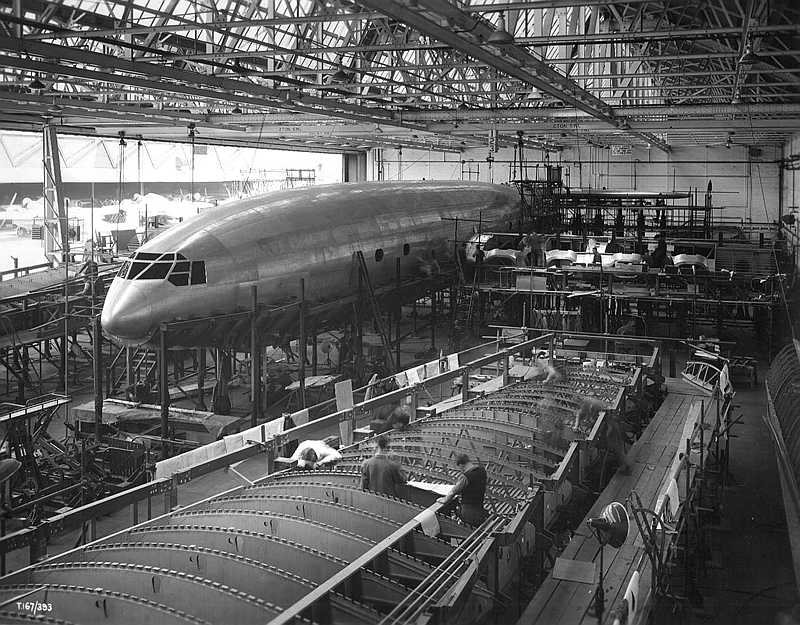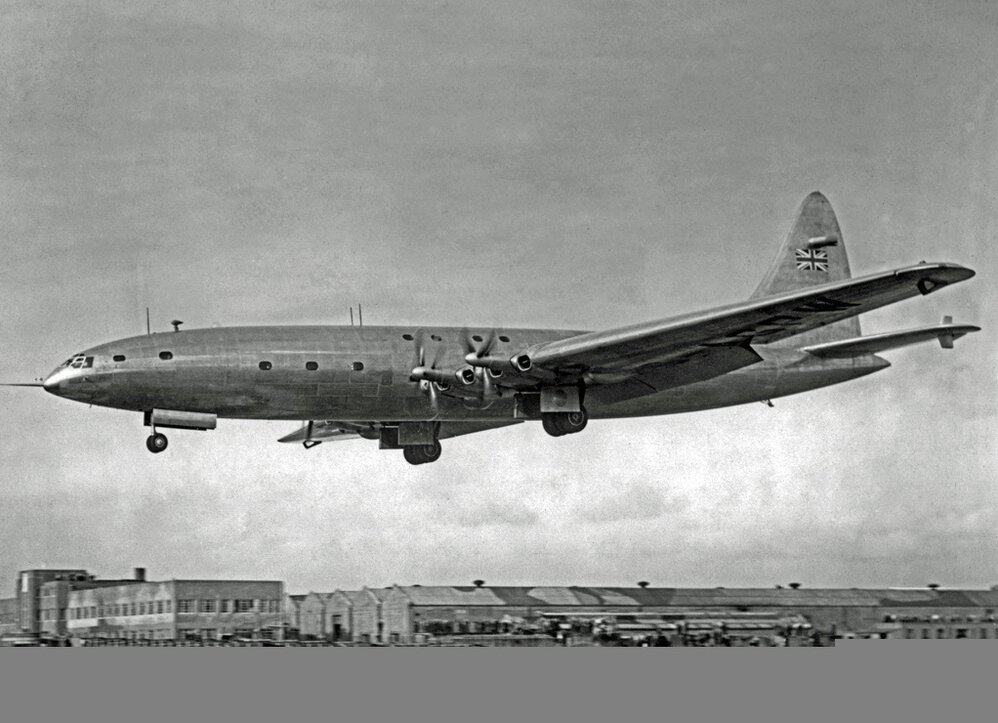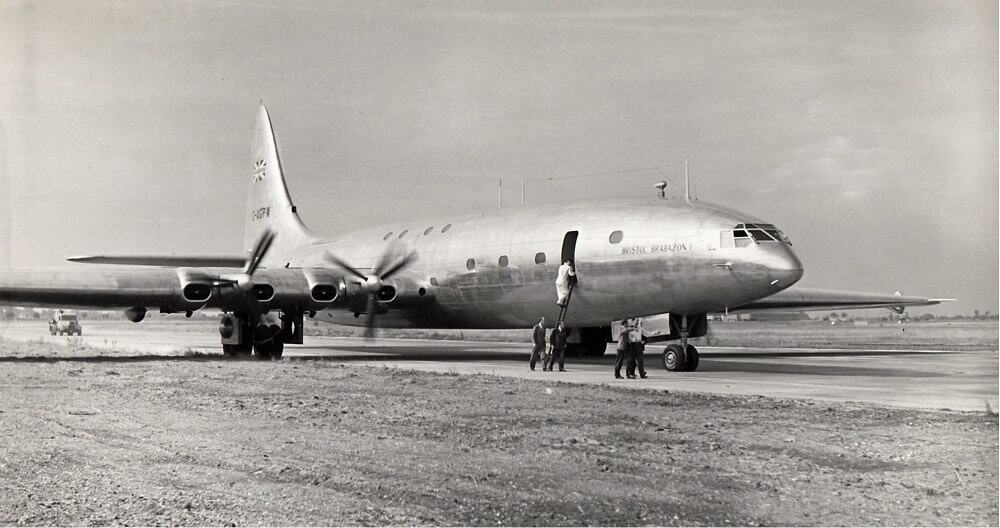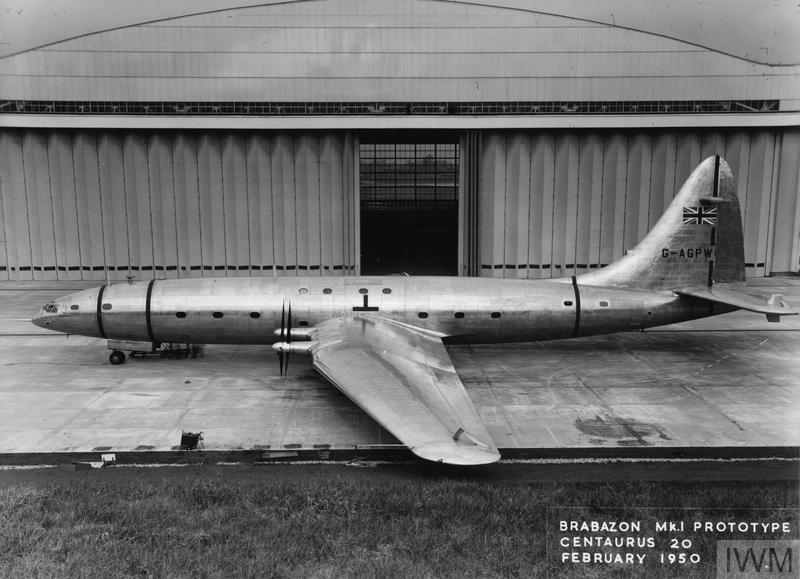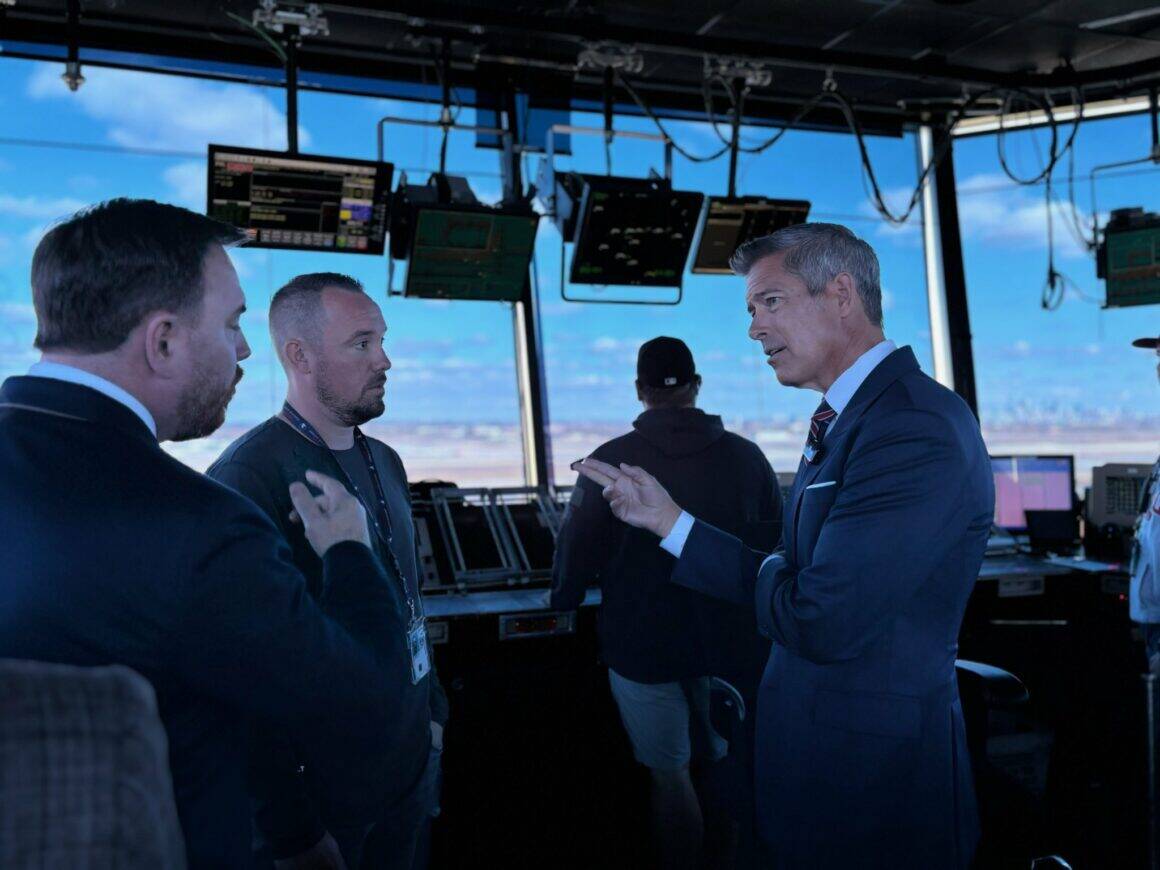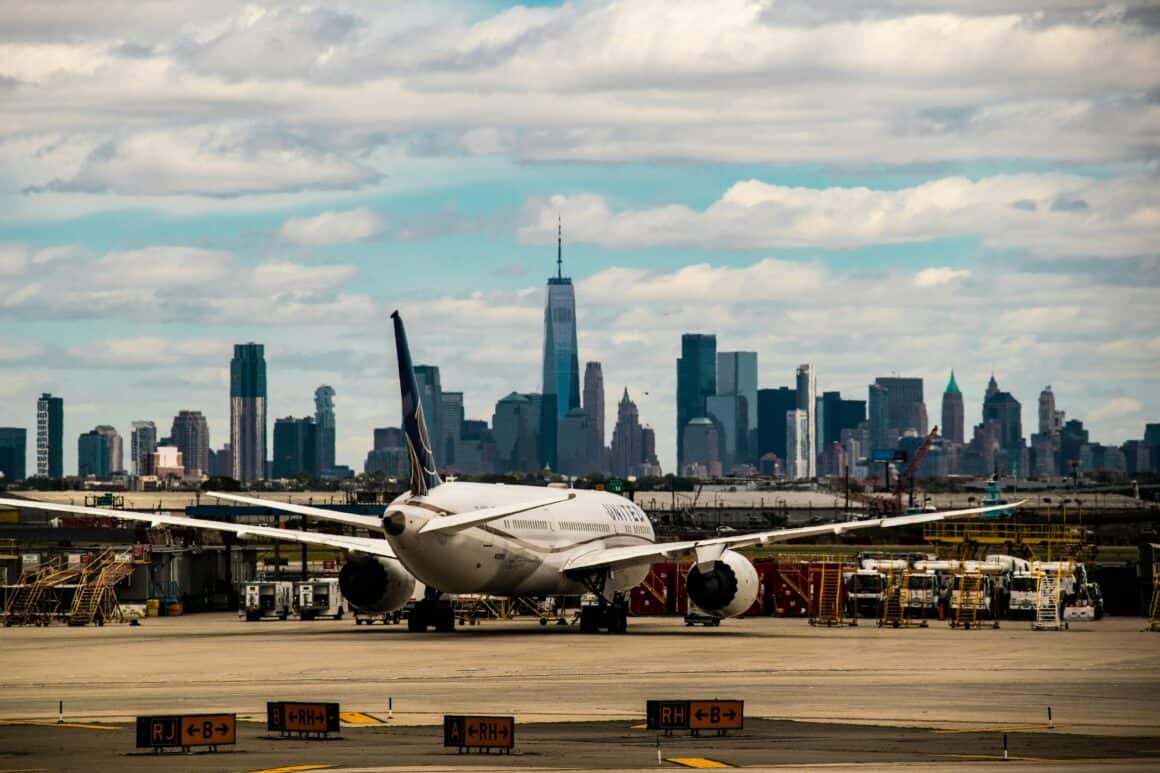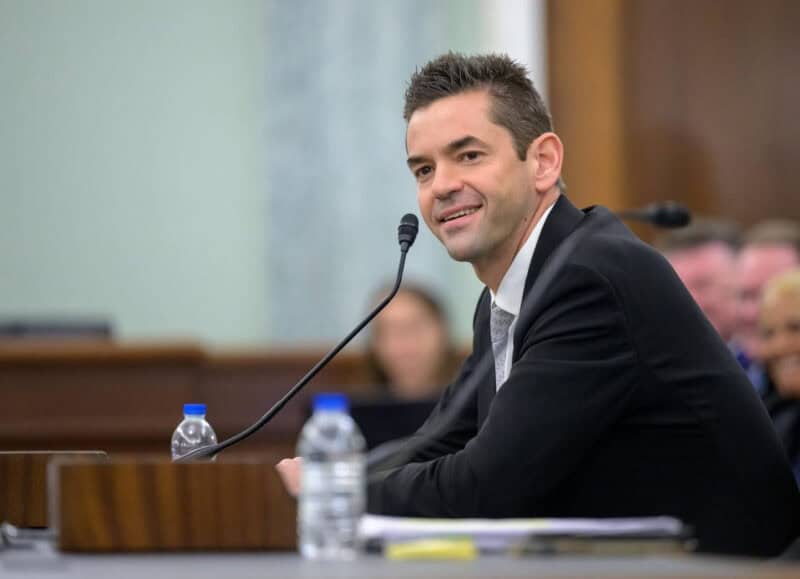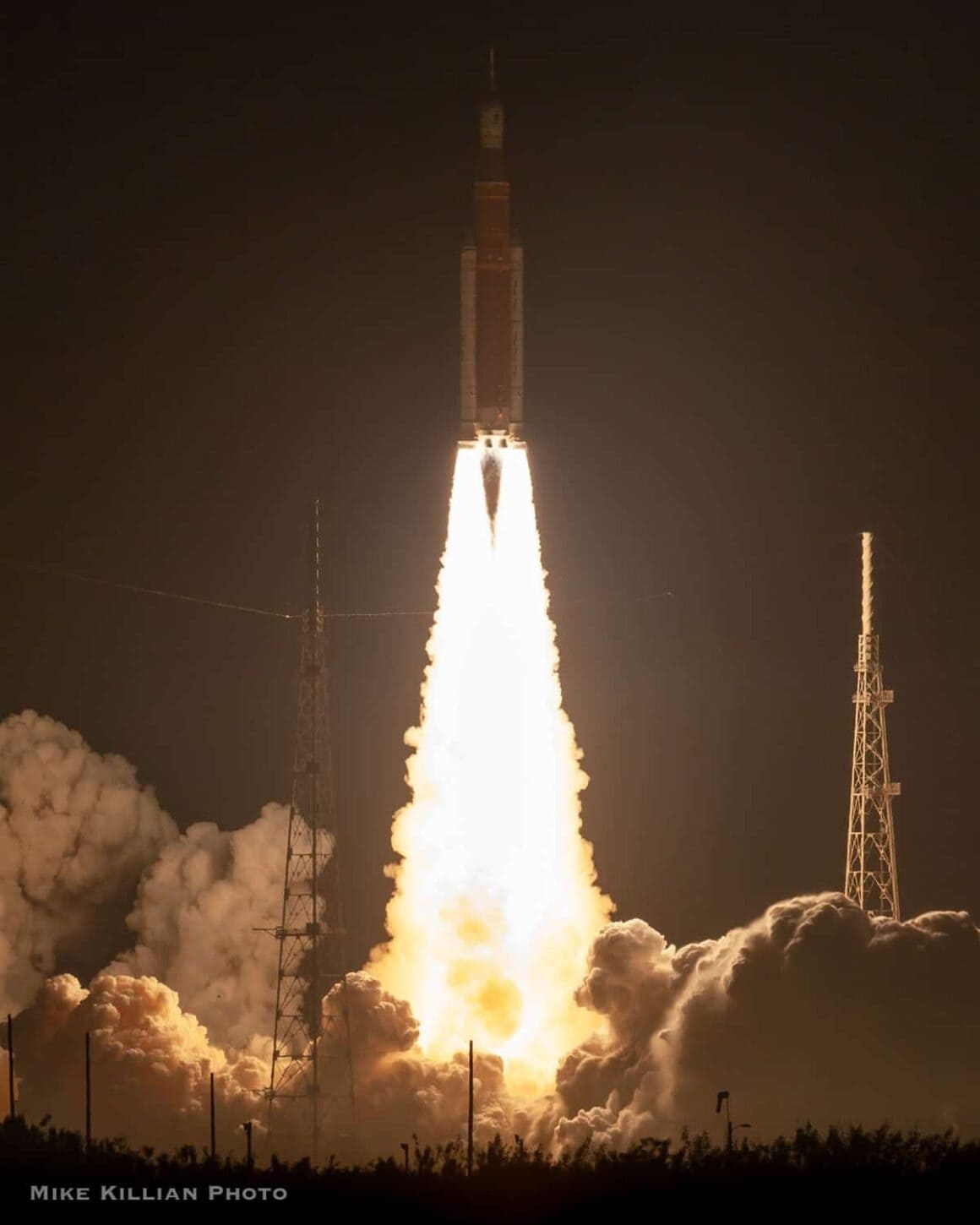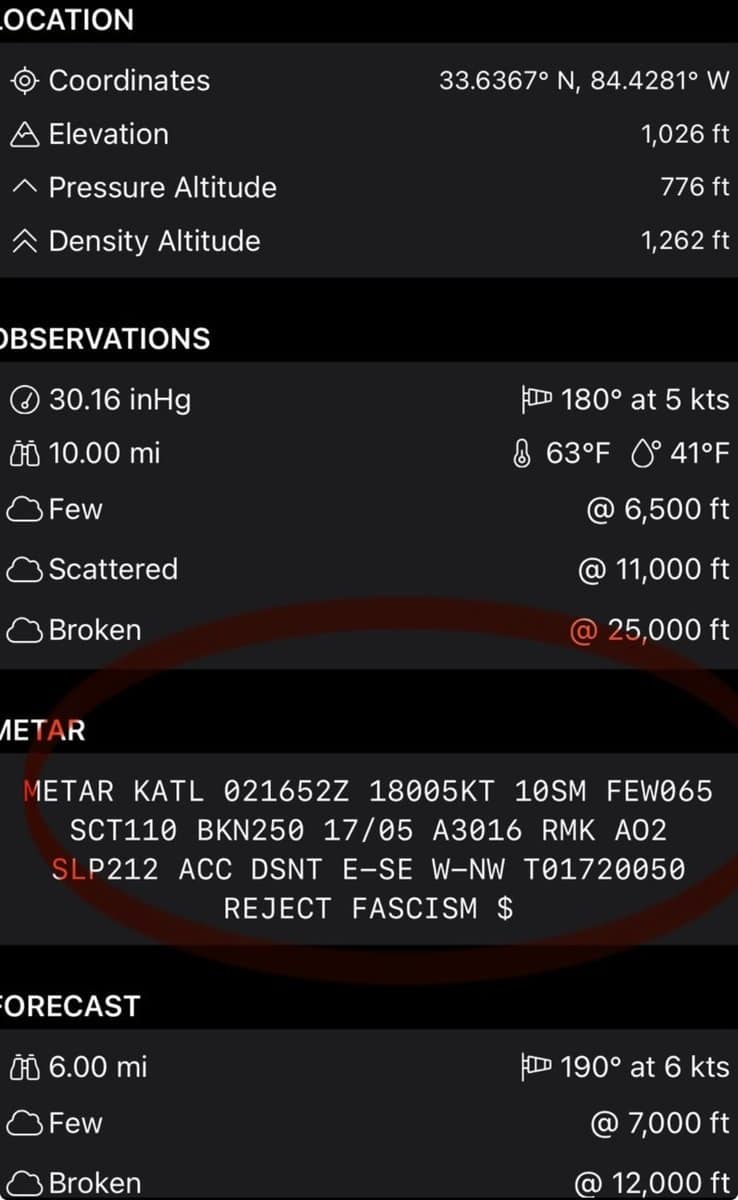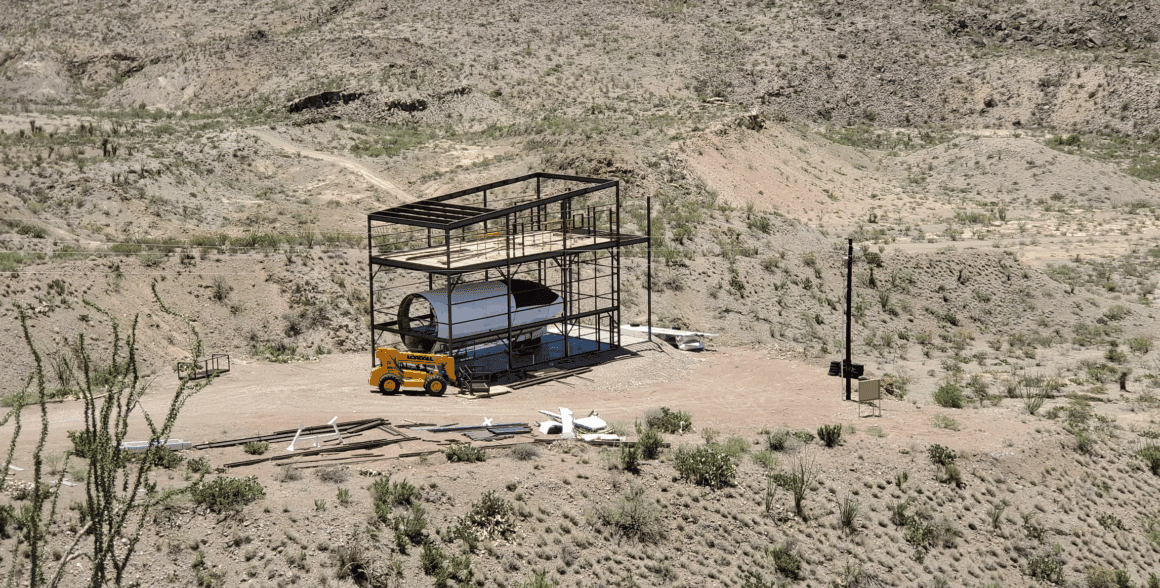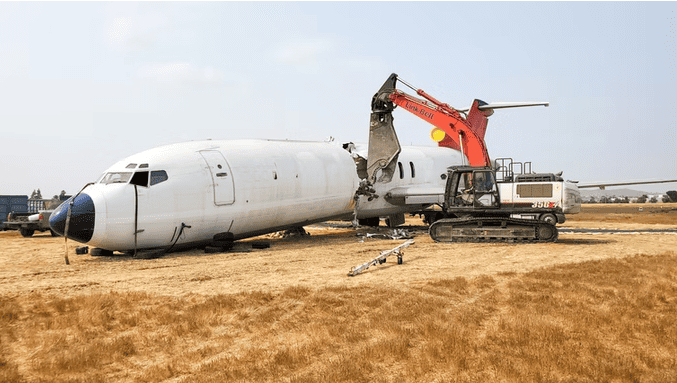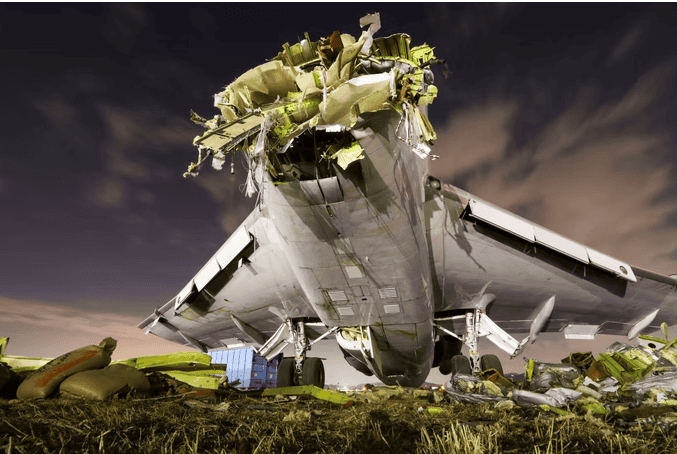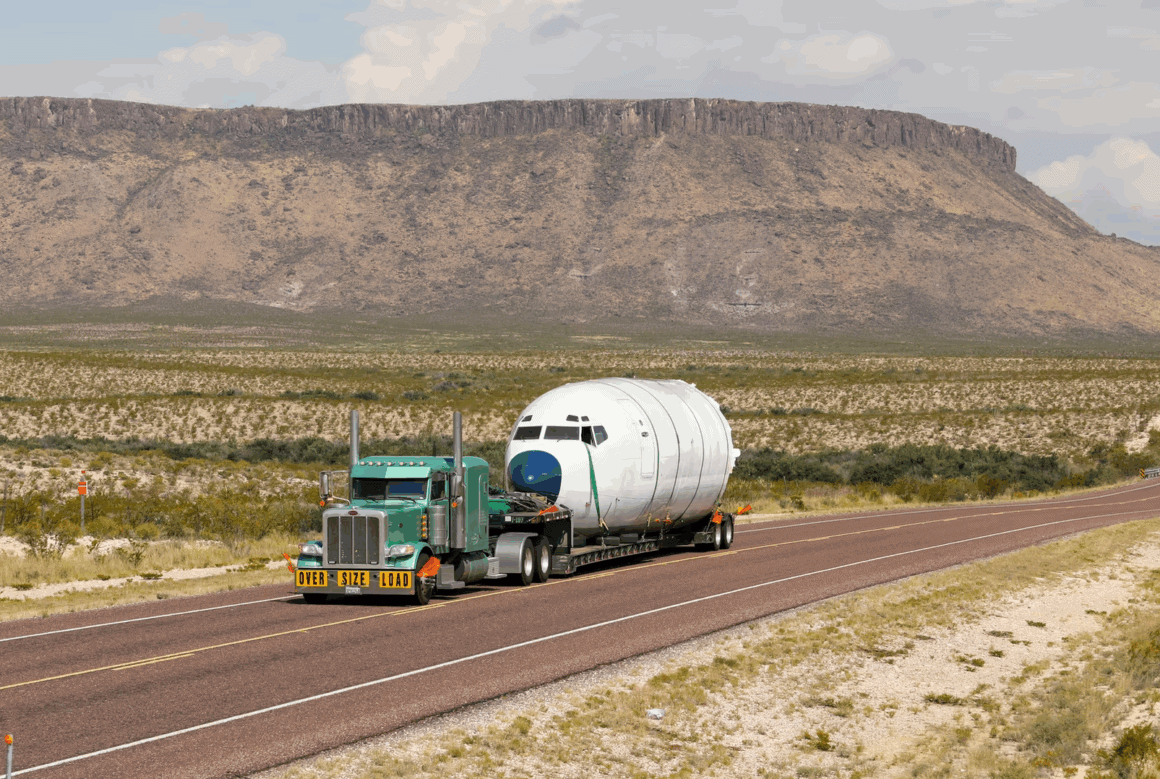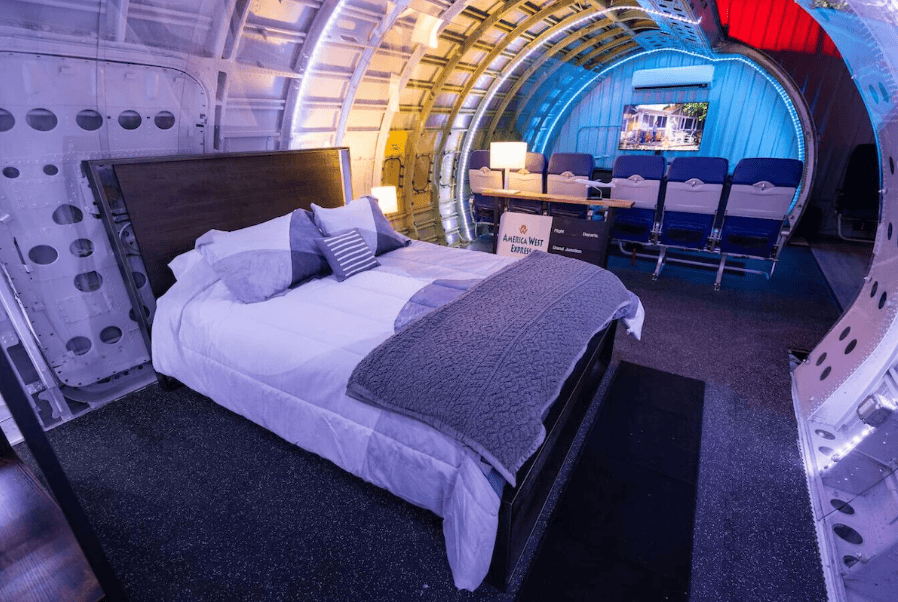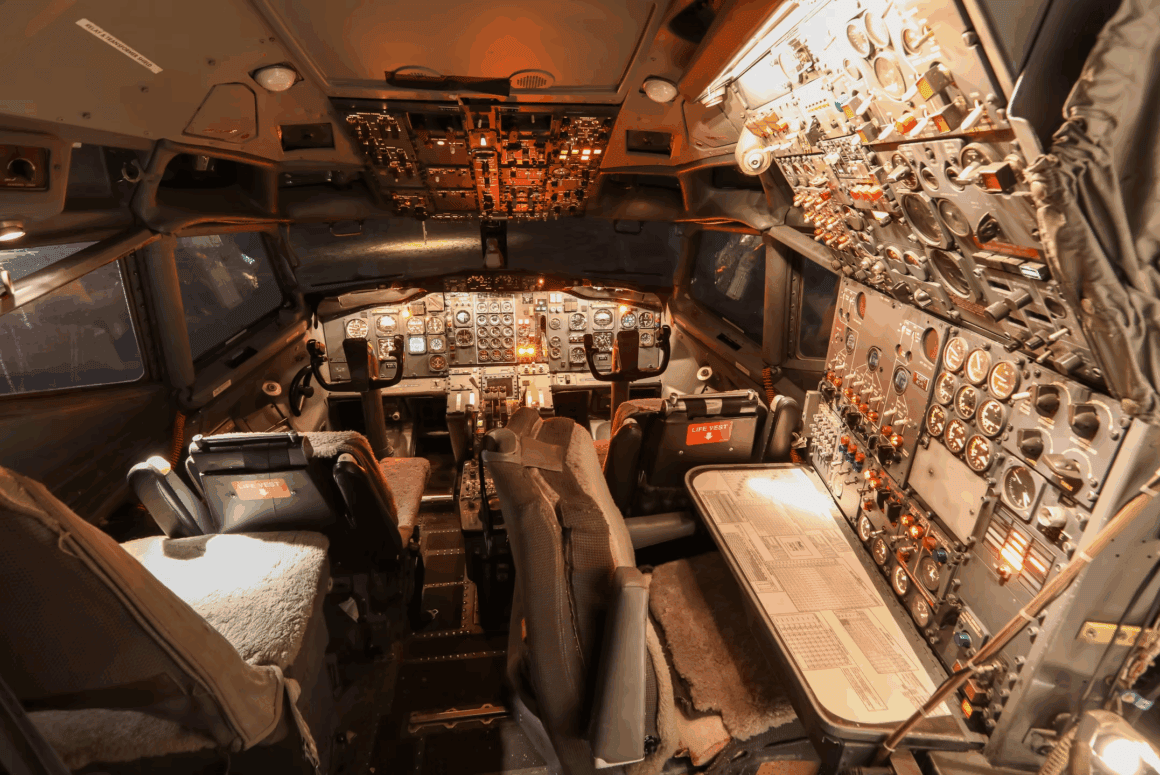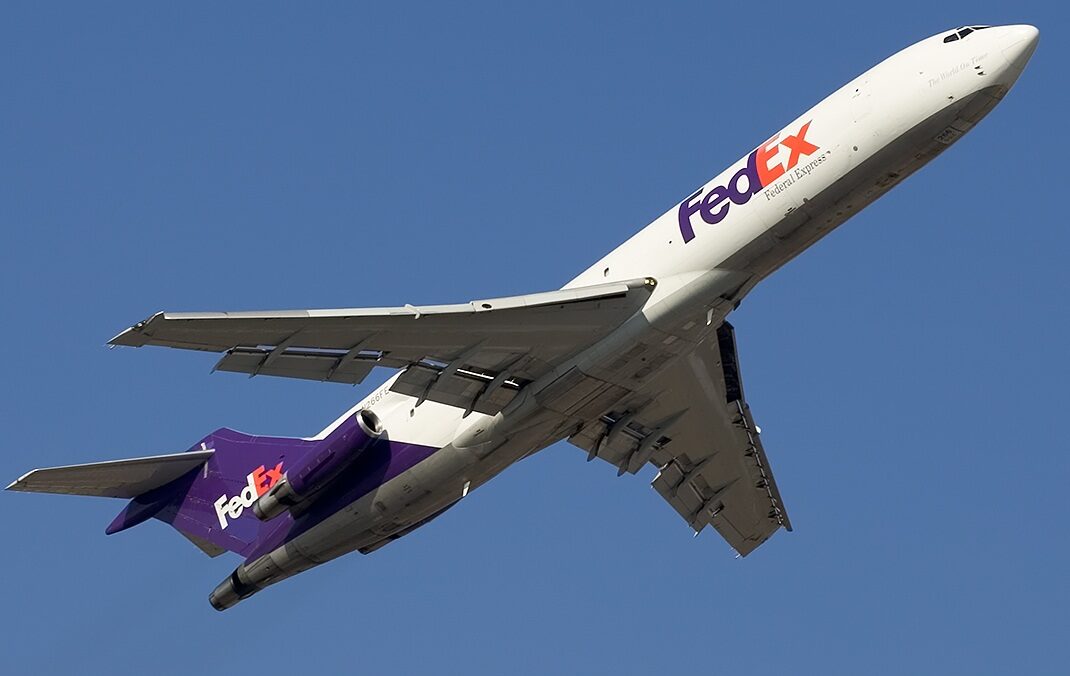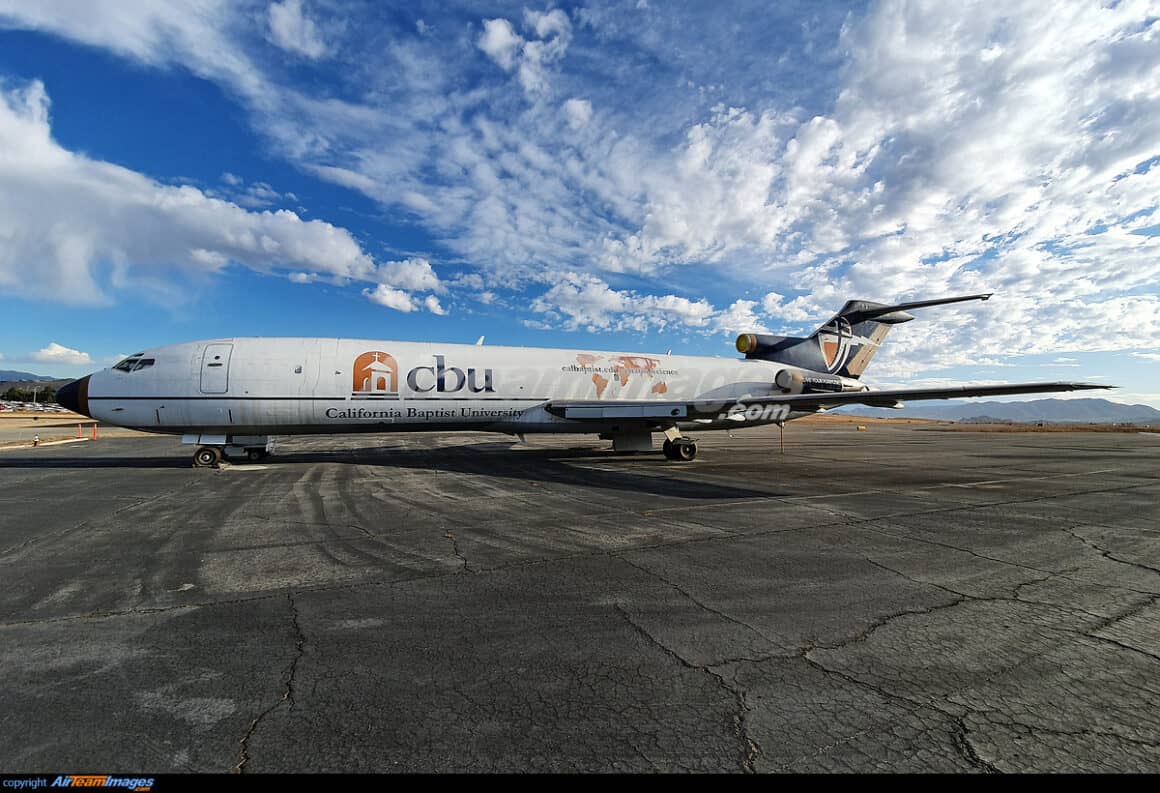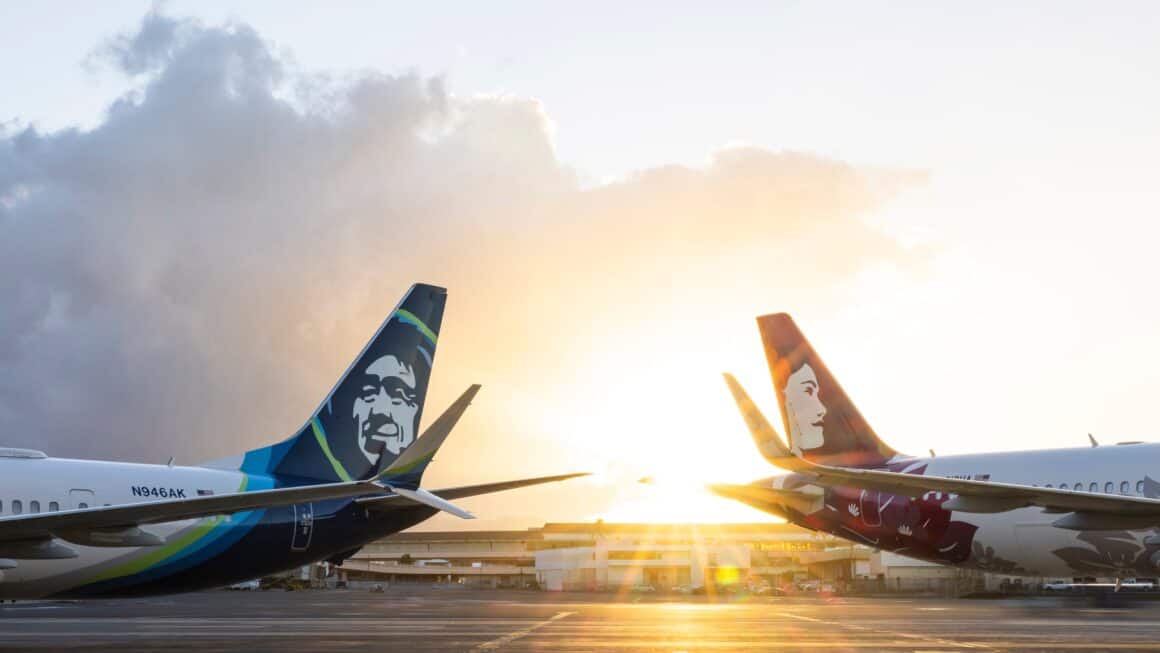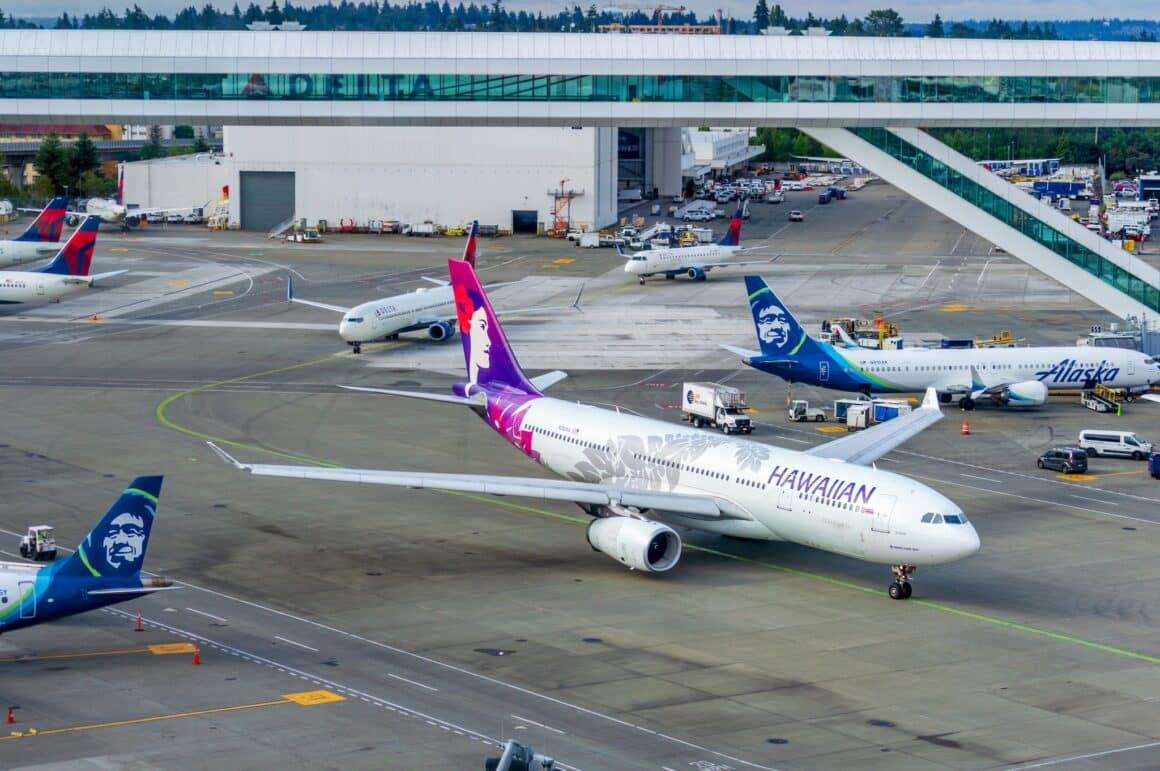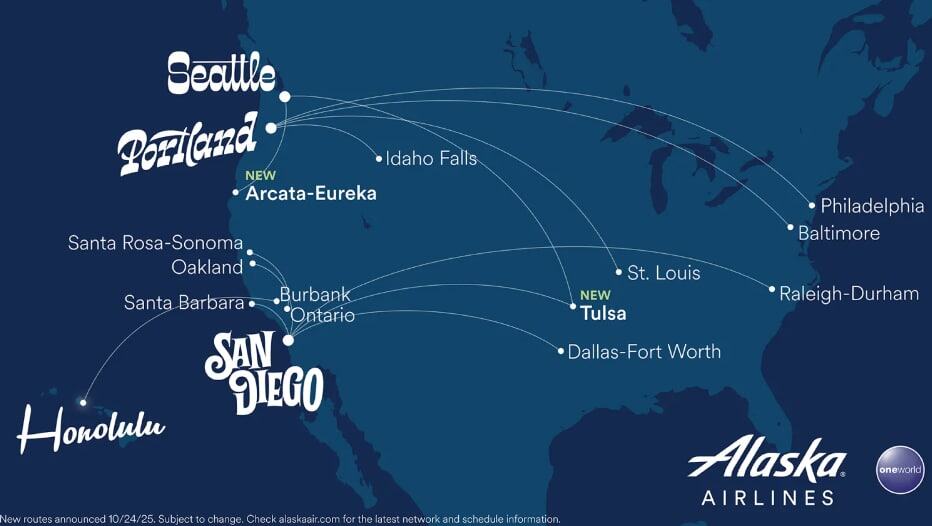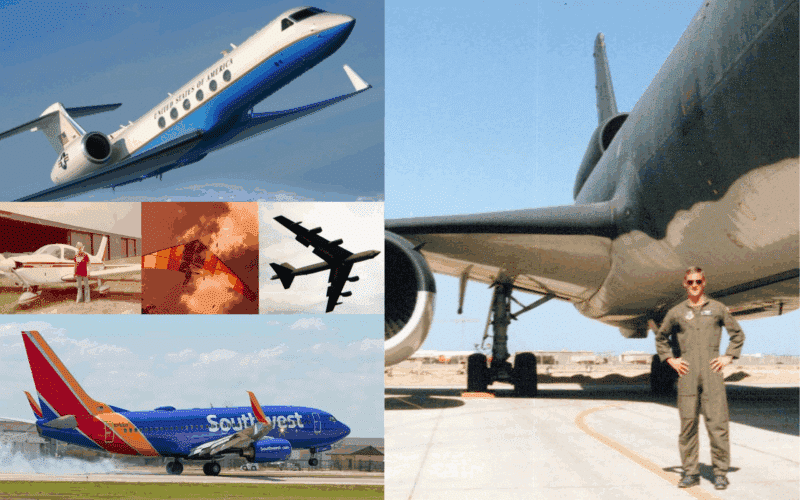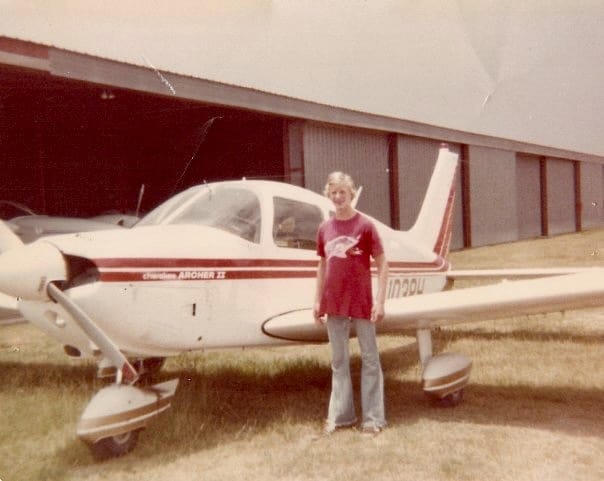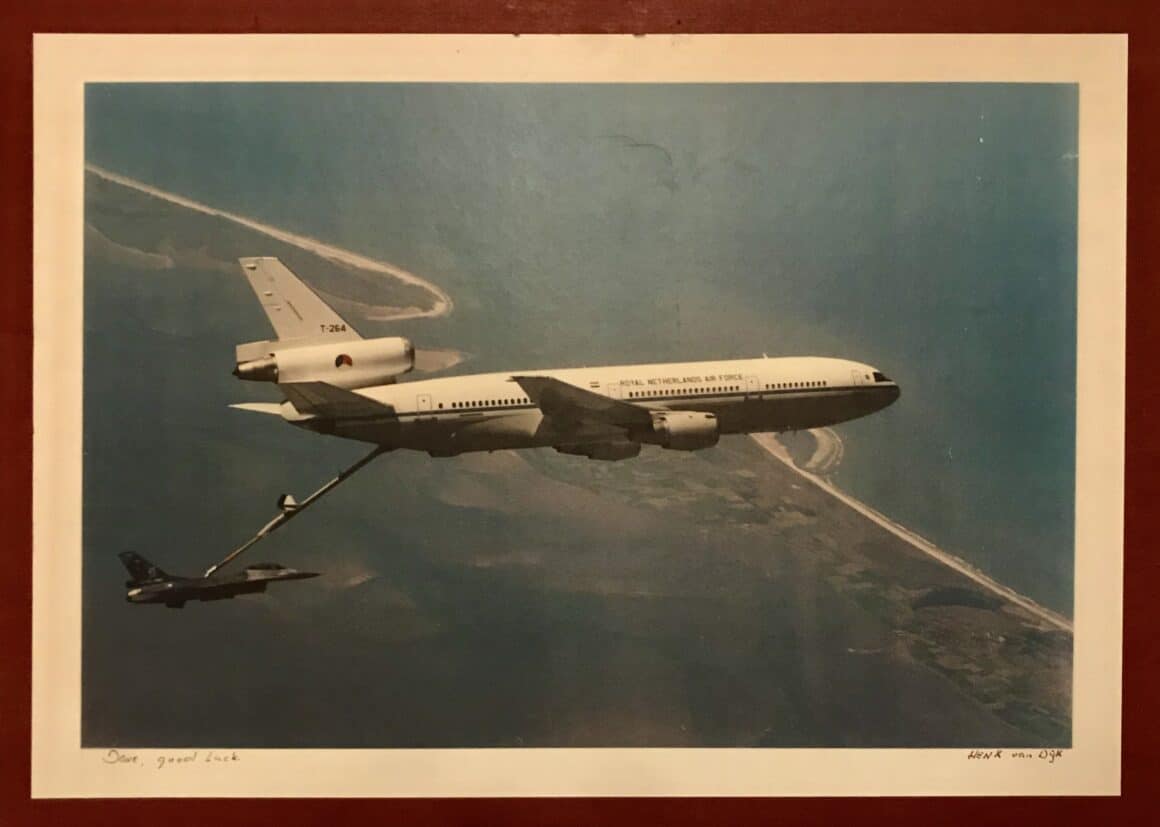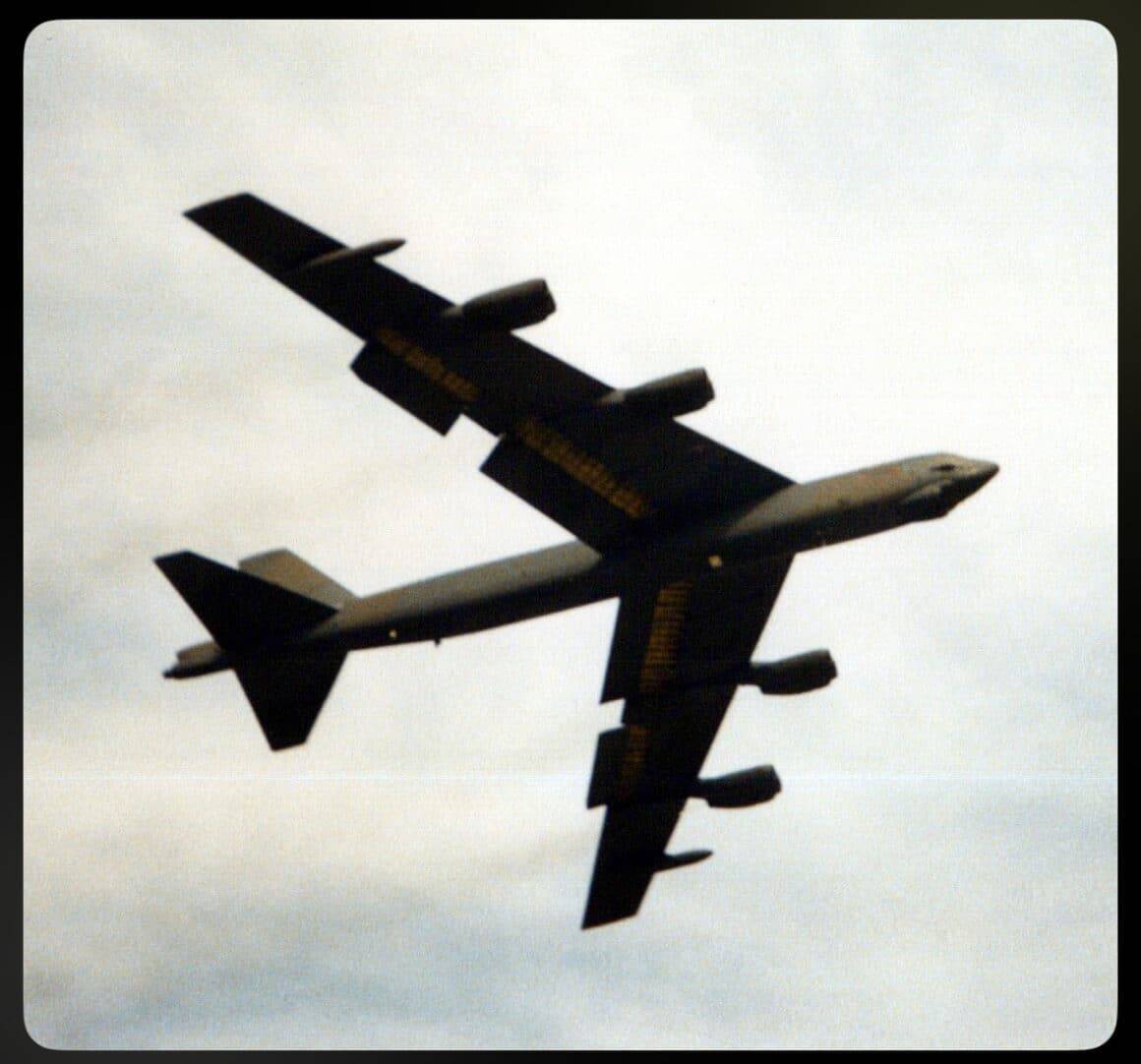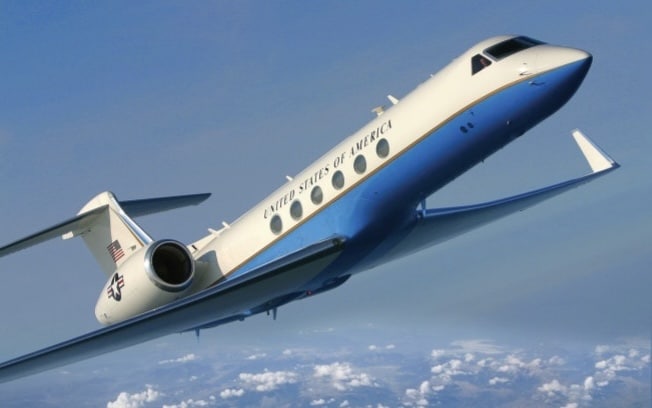On Veterans Day 2025, a heartfelt visit from a former president made an unforgettable journey even more meaningful.
It was already a day to remember.
On 8 November 2025, seventy-nine veterans from World War II, the Korean War, and the Vietnam War arrived at Ronald Reagan Washington National Airport (DCA) from Madison, Wisconsin (MSN), as part of the Badger Honor Flight Network. This chapter of the Honor Flight Network, among many nationwide, brings aging veterans to Washington to visit memorials built in their honor.

As the door of the chartered American Airlines Airbus A321 opened, passengers were greeted unexpectedly by former President Barack Obama, who stood waiting on the jet bridge to welcome them.

Obama had quietly coordinated with the Honor Flight Network to meet the group, choosing to spend some time ahead of Veterans Day honoring the heroes themselves. Stunned passengers gasped in disbelief as the former president took the intercom.
“Hello, everybody!” Obama said, his voice echoing through the cabin with his trademark charm and enthusiasm. “As we approach Veterans Day, I wanted to stop by and just say thank you for your extraordinary service. The sacrifices that all of you made to protect our country is something that will always be honored, and we are very grateful.”
The sacrifices that all of you made to protect our country is something that will always be honored, and we are very grateful.
Former President Barack Obama
A Moment That Transcended Politics

Once the veterans began exiting the plane, Obama greeted each one personally with handshakes, hugs, and photos. Many veterans were visibly moved—some wiped away tears, while others paused in disbelief. One Vietnam veteran, laughing through tears, expressed his amazement at the large number of people present to honor them.
Each veteran also received a Presidential Challenge Coin from Obama, a symbolic gift from the Office of the President, representing the nation’s gratitude for their service and sacrifice. For many attendees, it was their first time meeting a former president in person. Another said that this was their first time seeing a president since Gerald Ford, who served from 1974 to 1977 as America’s 38th commander-in-chief.
Obama shared photos from the event on Veterans Day, accompanied by a message that read: “The sacrifices that all of you have made to protect our country will be honored, today and every day.” Videos of the moment, featuring veterans smiling, saluting, and embracing President Obama and one another, garnered hundreds of thousands of views.
What people remembered most, though, wasn’t the surprise guest but the sincerity of the moment. The visit struck a chord with viewers everywhere, praised for showing what Veterans Day is really about: coming together to honor those who served. For a few moments on the tarmac at DCA, the noise of politics disappeared, leaving only pride and gratitude.
“I had tears in my eyes,” said US Army Veteran Joe Parr, “I just couldn’t believe there was that many people around that remembered us and was there to greet us. It was just unbelievable.”
The Honor Flight Legacy
This Veterans Day flight was one of hundreds organized each year by the Arlington, Virginia-based Honor Flight Network, a nonprofit founded in 2005 to bring aging veterans to Washington, D.C., free of charge. The program’s origins trace back to 2004, when retired Air Force Captain and physician assistant Earl Morse realized that many of his patients, many of whom were World War II veterans, had never visited the newly opened National World War II Memorial.
Determined to change that, Morse began flying veterans to Washington in his small private plane. Before long, he partnered with Jeff Miller of North Carolina, who expanded the effort using chartered commercial flights. Together, they founded the Honor Flight Network, which has since grown to include 128 regional hubs across 46 states.
Since its start, the organization has brought over 317,000 veterans to the capital, averaging about 22,500 annually. There are currently 46,380 veterans on the Honor Flight waitlist. Notably, this most recent Honor Flight had the honor of carrying the 5,500th veteran to D.C.
Each Honor Flight follows a cherished tradition. Flights depart early in the morning from local airports bound for one of three Washington-area airports: DCA, Baltimore/Washington International Thurgood Marshall (BWI), or Washington Dulles International (IAD). Upon arrival, aircraft are often greeted with a water cannon salute from airport fire crews. Once on the ground, volunteer guardians accompany the veterans on visits to the World War II, Korean, and Vietnam War memorials, as well as Arlington National Cemetery, where they witness the Changing of the Guard.
During the flight home, participants experience “Mail Call,” where they receive letters of appreciation from family members, students, and supporters across the country.
Every part of the experience, from the flights to meals, transportation, wheelchairs, and medical care, is provided at no cost to veterans. Funded entirely by donations and community support, the average cost per participant ranges from $1,200 to $1,500. For those who have taken part, however, the memories are beyond measure.
READ MORE ABOUT HONOR FLIGHTS ON AVGEEKERY
Try Not To Shed A Tear While Watching WWII Vets See Their Memorial In DC
While Southwest Airlines serves as the official airline of the Honor Flight Network, many other carriers also participate.
Originally created to honor World War II veterans, the program has expanded to include those who served in Korea and Vietnam, along with veterans from any era who are terminally ill.
A related effort, Heroes’ Welcome, organizes greeting ceremonies for Honor Flights arriving at the three Washington-area airports. Run by the American Legion Auxiliary Unit 180 in Vienna, Virginia, the program brings together volunteers, active-duty service members, and schoolchildren to line the gates, clap, cheer, and offer heartfelt thanks as the veterans arrive.
A Veterans Day to Remember
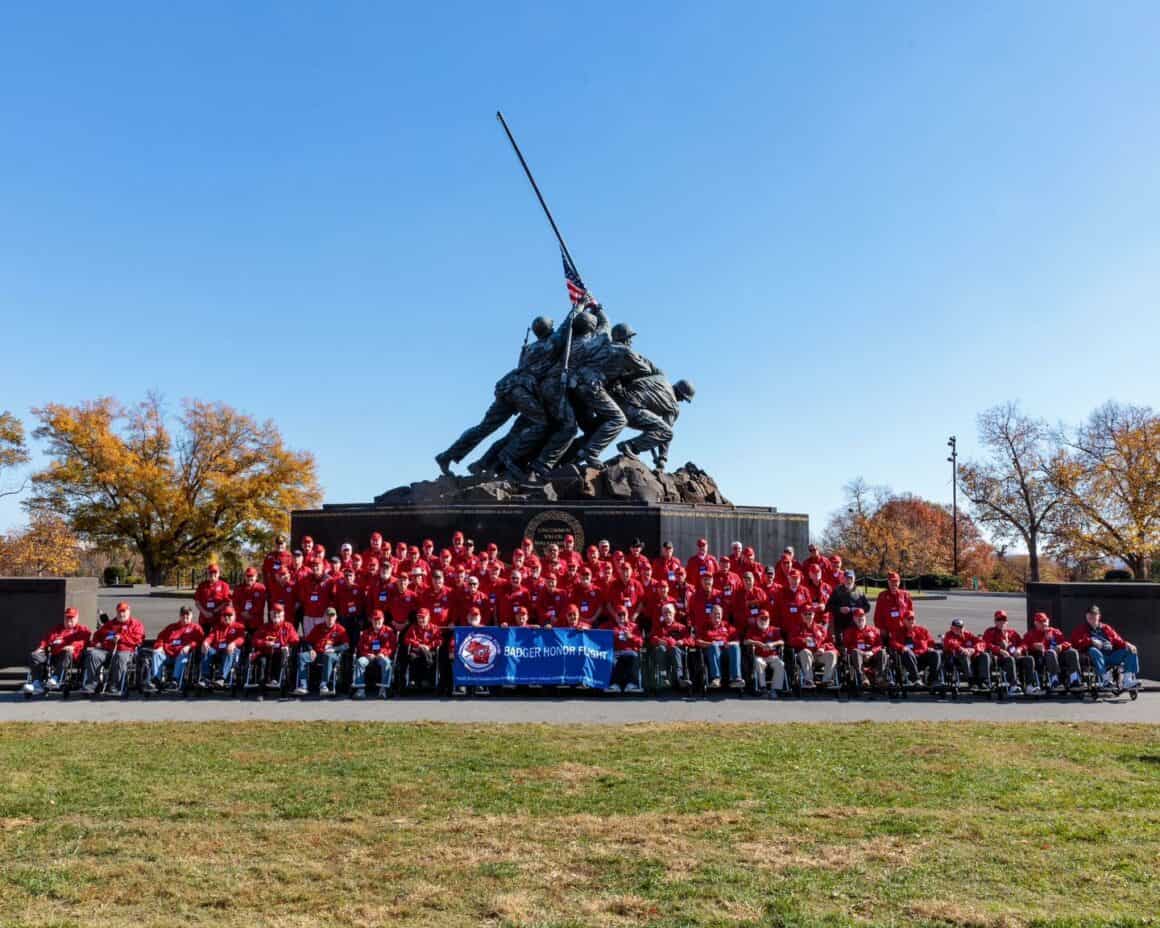
For the 79 veterans (and their families) aboard the Badger Honor Flight, the honor of having a former president greet them at the gate will become a story they’ll tell for the rest of their lives.
Eighty years after the end of World War II, the Honor Flight Network continues to ensure that no veteran’s service goes unnoticed. And on this particular Veterans Day, thanks to one unannounced visitor, those veterans were reminded that the nation they served still says, “thank you.”
MORE INFORMATION AND LINKS:
- Donate to Honor Flight
- Corporate Sponsorship Opportunities
- Find an Honor Flight hub near you to volunteer or to get a Veteran signed up for an Honor Flight trip
- Information on the Lone Eagle Hub, for eligible veterans who do not live near an Honor Flight Hub



